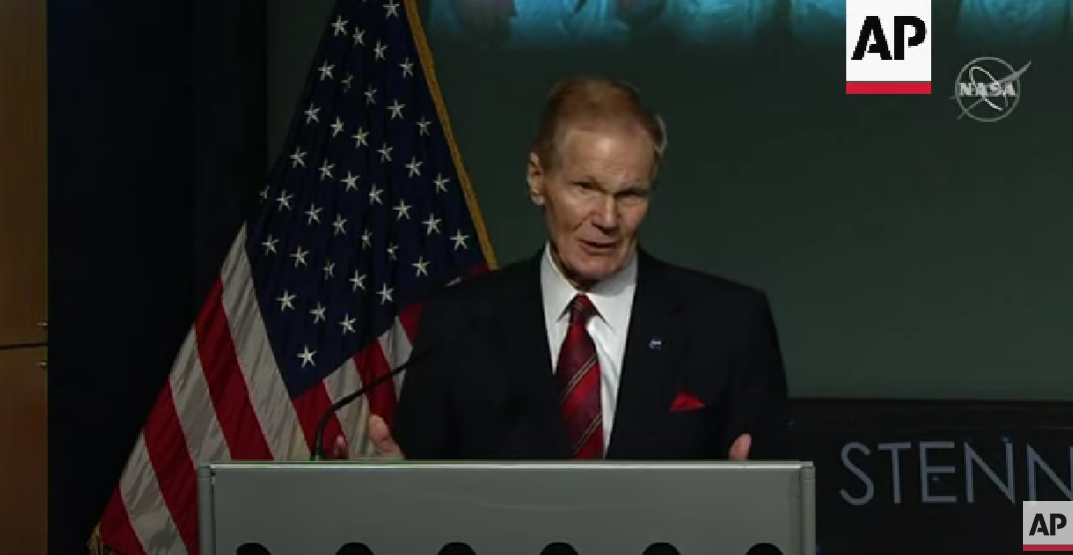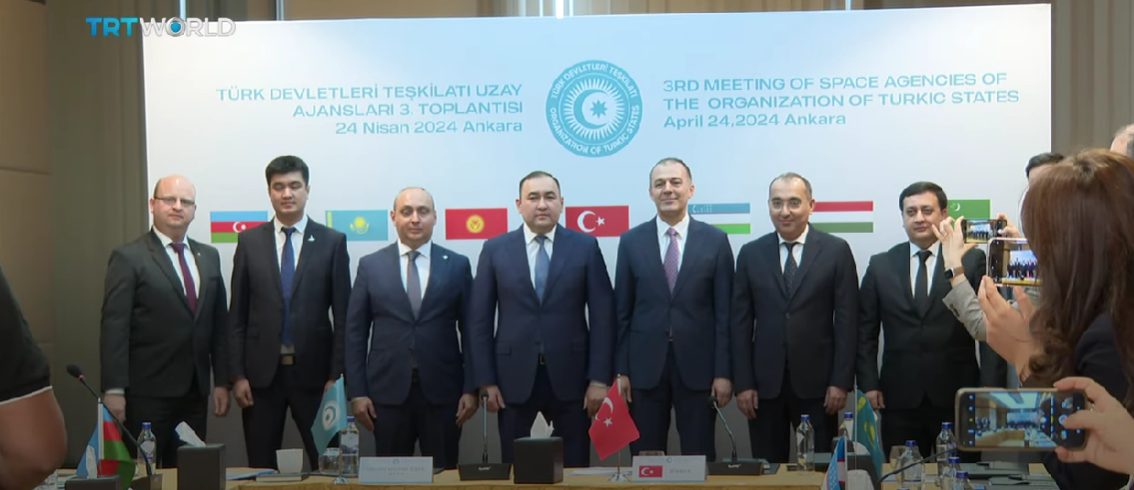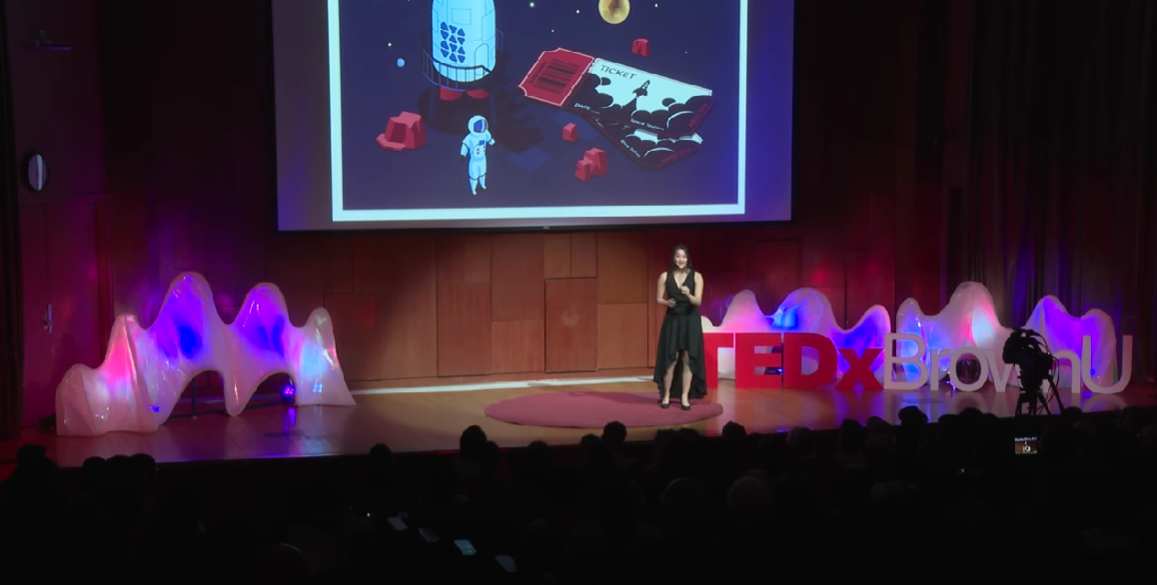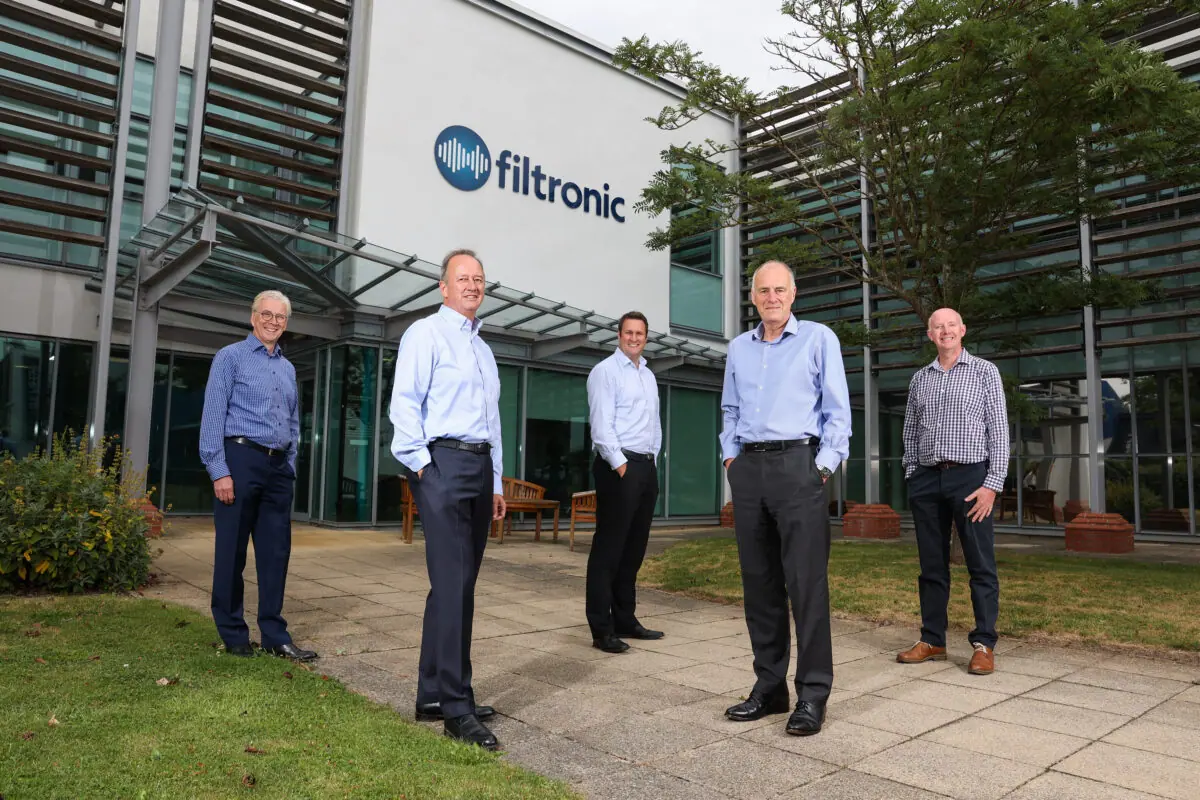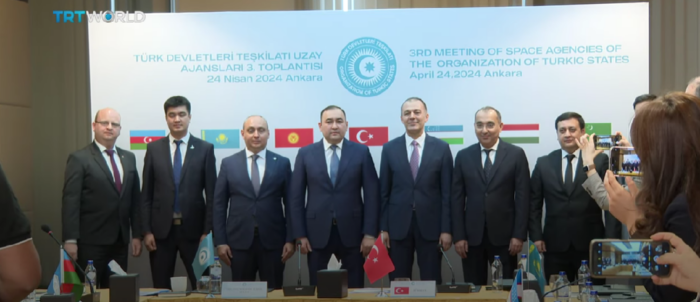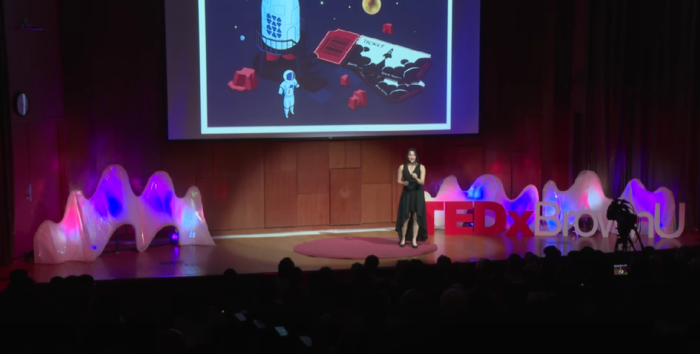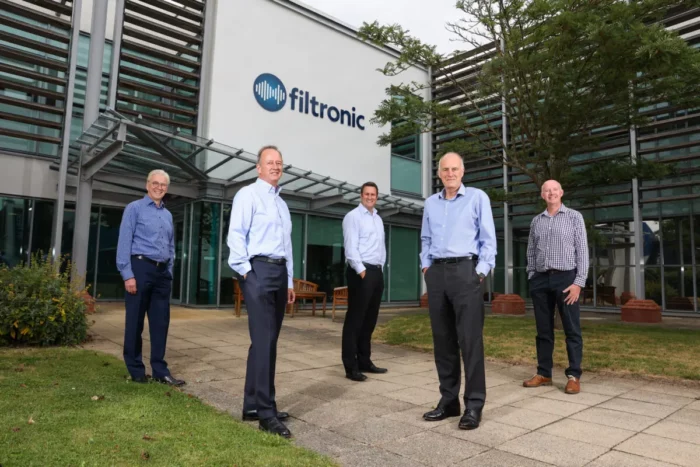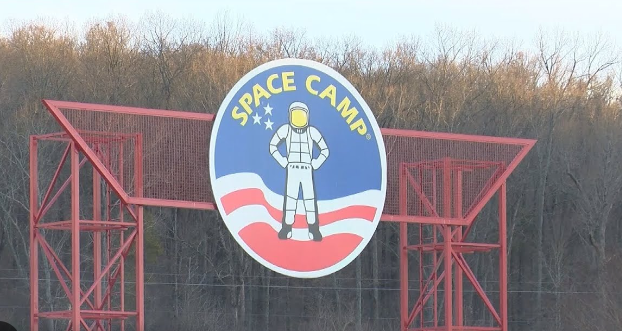According to online sources, there have been fifteen astronauts and four cosmonauts killed in in-flight accidents, occurring in five separate incidents as of March 2021.
Valentin Bondarenko, a Soviet cosmonaut was killed when during a fifteen-day endurance experiment in a low-pressure altitude chamber, whose atmosphere was at least 50% oxygen, the Vostok cosmonaut trainee dropped an alcohol-soaked cloth onto an electric hotplate. Due to this, Bondarenko suffered third-degree burns over most of his body and face and died in hospital several hours later.
Additionally, another eleven astronauts, test pilots and other personnel from the United States and the Soviet Union/Russia have been killed during training or tests.
NASA has lost a total of fifteen astronauts in spaceflight fatalities, including the crew of the Space Shuttle Challenger disaster in 1986 and the vehicle disintegration on re-entry of the Space Shuttle Columbia in 2003. Furthermore, Michael J. Adams was killed in 1967 during X-15 Flight 191 due to a control failure.
All the NASA astronauts who have died on duty are memorialized at the Space Mirror Memorial at the Kennedy Space Center Visitor Complex in Merritt Island, Florida.
Cosmonauts who died on duty under the Soviet Union were generally honored by burial at the Kremlin Wall Necropolis in Moscow. No Soviet or Russian cosmonauts have died during spaceflight since 1971.
Remembering Those Lost
NASA officials recently honored members of the agency who lost their lives while furthering the cause of exploration and discovery, leading up to the agency’s annual Day of Remembrance on January 26. This year’s NASA Day of Remembrance preceded the 20th anniversary of the Columbia accident on February 1.
NASA Administrator Bill Nelson, Deputy Administrator Pam Melroy, and Associate Administrator Bob Cabana, hosted a town hall meeting at the agency’s headquarters in Washington. The trio discussed the invaluable lessons learned over the decades and the importance of a strong safety culture.
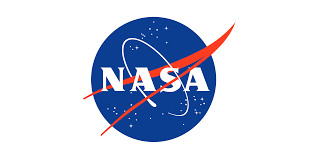
In addition, on January 26, Nelson led an observance at Arlington National Cemetery in Virginia, which began with a traditional wreath-laying ceremony at the Tomb of the Unknown Soldier, followed by observances for the Apollo 1, Challenger, and Columbia crews.
“We take this very serious after the losses that we have had, this day of remembrance. And it’s interesting that they all happened about this time of year. Each tragedy, Apollo 1, Challenger and then Columbia. Each disaster left a gaping hole in the hearts of the NASA family, and many of us feel those personal connections,” said Bill Nelson, NASA Administrator.
NASA Deputy Administrator Pam Melroy, meanwhile, said:
“We need to make sure that dissenting opinions are heard and that questions aren’t insulting. There’s a living connection to the vital importance of safety that crosses generations as older people transition out of the workforce and newer members of the NASA family may not have experienced a tragedy and are now on the front lines in making launch decisions. I want to encourage any of you who were not here when Columbia happened to seek out someone who was and ask them to tell their story, how it affected them and how it affected the agency. That acute awareness of why we must always focus on safety and not pressure to launch, why we must be rigorous as teams to make sure we’re not applying groupthink to a complex issue and so many other tools that we have now for making our astronauts and in fact, our whole workforce safe.”
Bob Cabana, NASA Associate Administrator, added during the commemoration speeches:
“We can prevent accidents with people flying in space. That’s why our day of remembrance is so important. That’s why it’s so important that we don’t forget these lessons that we’ve learned. And more than technical, it was really cultural. It was creating that environment to be able to speak up, to be heard, to focus on the task at hand. Because it can happen to us. But we can explore space. We can break the boundaries without having to suffer the loss of crew. If we do our jobs, if we stay focused, if we create an environment where everybody can be heard. All right? And that we actually listen. And there’s a difference between hearing and listening, all right? That we actually listen to what’s being said and that we encourage everybody to be part of the discussion. To be part of answering the solutions that we need to ensure that we fly safely.”
Featured image: Bill Nelson, screenshot from ‘NASA officials discuss disasters, lessons learned’. Credit: Associated Press (AP)
If you found this article to be informative, you can explore more current space news, exclusives, interviews and podcasts here.
Share this article:
